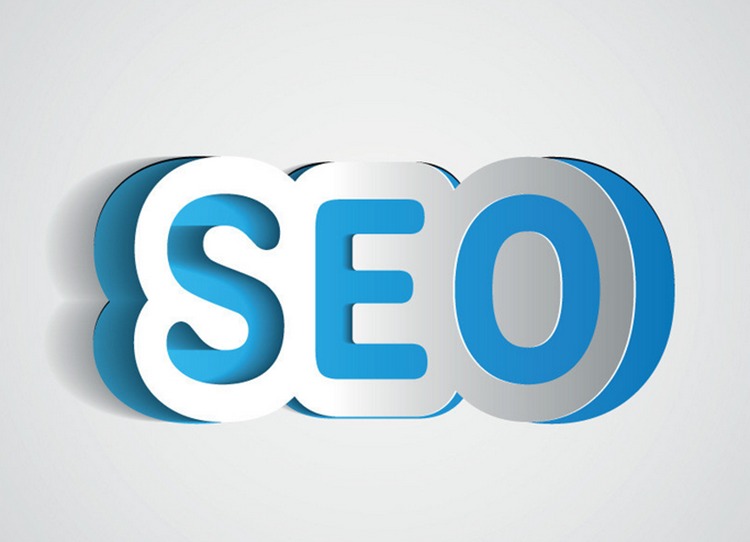1. On-site optimization settings
Since the case is word optimization website ranking, and the optimization thinking of large websites will not be as simple as this article, so we only think about on-site optimization from the perspective of some industry word optimization.
On-site optimization actually includes two sections, one is the code optimization section, such as H tags, image ALT attributes, appropriate nofollow, and appropriate text bolding. The other is the website's keyword distribution and user demand point optimization, such as appropriate reflection of keywords and related keywords, and in order to prevent keyword stacking, we can distribute keywords as much as possible in different web page DIV sections, so as to achieve the naturalness of SEO.
2. On-site content operation
Content can be said to be the hard injury of many SEO personnel and SEO order-taking teams, especially now that many people in SEO positions optimize the core words of the homepage every day and emphasize originality or pseudo-originality every day, spending a lot of time on content. The team operating the SEO project spent a lot of time on brushing clicks, thus ignoring the most basic web page quality optimization itself. Imagine that no matter how many original contents you update, at most there is only one valuable thing that can attract high-quality search engine spiders, so as to effectively crawl your web page snapshots.
So if I update a plagiarized article, will the spider not crawl it? In fact, it is not the case. It is just the difference between high-quality and low-quality spiders. We do not need to consider too much so-called original content when we do any SEO ranking operation. Because even if you write original content, it is better to plagiarize other people's valuable content, because the writing level of plagiarized content may be much higher than yours, as shown in the figure below:
The above-mentioned articles are all plagiarized, and they cannot be called pseudo-original, but they basically achieve the effect of instant collection, and we should not update for the sake of updating. We should also think about the marketing conversion angle when updating the content. For example, what are the common questions that customers want to see?
Generally speaking, keywords such as price, skills, advantages, and features are used to update the content of articles. Even if you plagiarize the content and fill it in the website content, it will increase the user's recognition and value of the company's products, thereby improving the marketing conversion brought by SEO. If you are not familiar with this industry, I think most people cannot write some good copywriting for your original writing. So why not plagiarize some industry-related and valuable articles? It is a good idea for both search engines and users.
However, the content in the site must be updated, even if you plagiarize, it is a new site. You can update 10 or 20 articles in large quantities. The purpose and significance are only one point, which is to increase the update frequency of your website, thereby increasing the crawling frequency of spiders and the overall inclusion of the website.
This is undoubtedly a very good help for the optimization of the website, because when you do SEO, simply put, it is to do snapshot optimization, and if the snapshot is to be updated frequently, then the content in your site needs to be updated frequently.
3. External link operation
I have contributed quite a few articles about external links. In this article, I want to talk about external links not the value of external links, but the status of external links in SEO project management. I don’t know since when, external links have become a panacea for SEO ranking improvement, but the value and significance of external links themselves have been forgotten.

